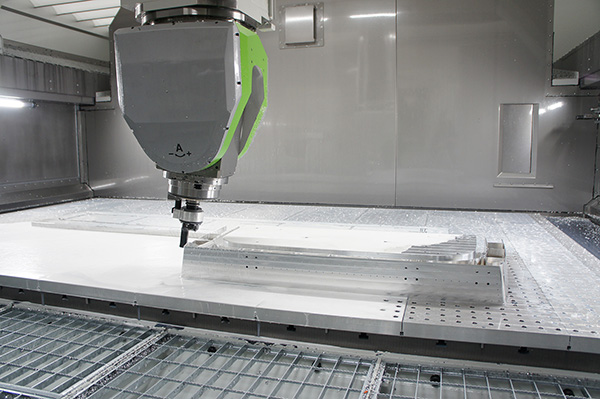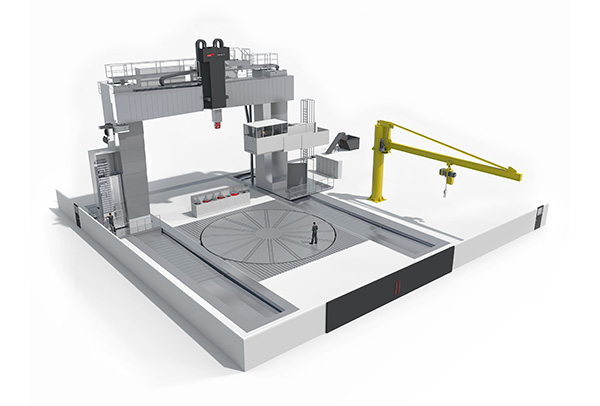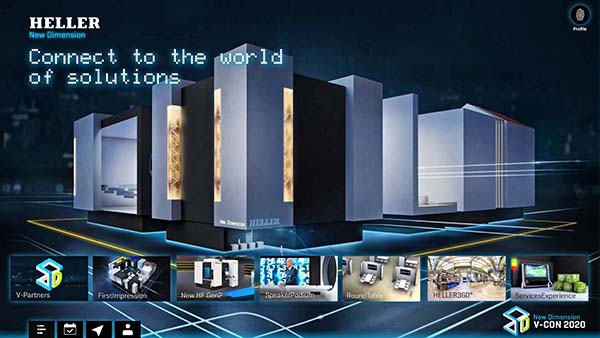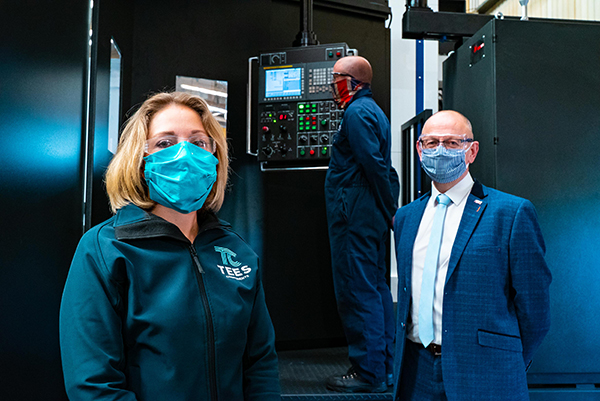Targeting opportunities with the major aerospace primes has seen a Lancashire manufacturing specialist invest £1.2m in state-of-the-art CNC technologies. TGM, which is part of the £43m Aero Services Global (AS.G) Group, has just completed its first parts for a MoD contract on its recently installed Zimmermann FZ33 milling machine.

The long-bed capabilities, machine dynamics, 30,000 rpm spindle speed and fast cycle times will provide the company with additional capability to take on more than £2m of new work annually, as well as allowing it to tender for contracts on larger structural assemblies.
Sarah Stephens, director at TGM, says: “Traditionally we have provided three, four and five-axis machined components to aerospace tier-ones and this is still a core market, but we now have the technology, processes and skills in place to work directly with the primes.
“The Zimmermann is a fantastic machine and is the largest of all of the 18-strong CNC machine tools we currently have at our Preston facility,” she adds. “An initial package of work is already in production on the Zimmermann and there are plenty of opportunities we’re currently exploring that could fill up capacity. With this additional technology, we’re hoping to double sales to £6m over the next two years.”
TGM, which became part of AS.G in 2016, specialises in the machining of both hard and soft metals, producing components and sub-assemblies for customers supplying Airbus and BAE Systems.
“The first package of work for the Zimmermann is worth £1.4m to our business over two years and is the type of contract we are now looking to secure,” concludes Stephens.
For further information
www.tgmeng.co.uk























